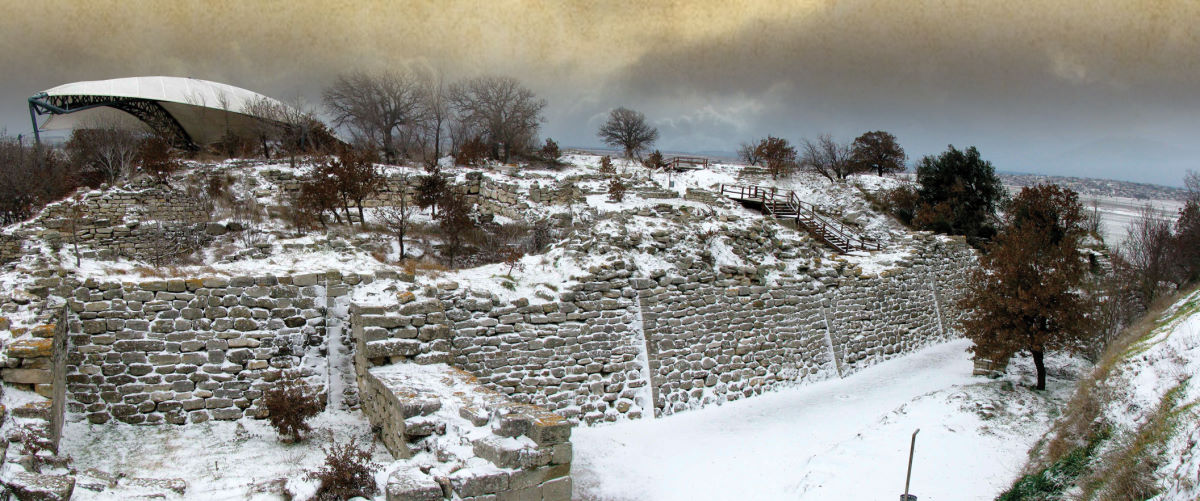This is a question asked since ancient times. Some ancient writers dated the war between 1200 and 1600 B.C.E. If we consider the question with regard to the archeological data, it is sure that betweeen 1300 and 1200 B.C.E there are at least two major destruction phases. These damages show that the period of Troy VI and VIIa ended quite violently. Korfmann stated that Troy VIIa (1180 B.C.E.) was destroyed after a lost war. American archeologist Blegen, who excavated Troy betweeen 1932 and 1938, suggested that after the collapse of Troy VI by an earthquake, Troy VIIa was immediately rebuilt.

The most important aim of the lower city's defense wall and ditch, which was uncovered by Korfmann's excavations, was to protect the inhabitants from the most advanced weapons of that time, arrows or sling bullets, which had a long range. The outer defence helped to protect the inner city and the citadel. In recent excavations, numerous sling stones were found in the burnt layer of the end of Troy VI. Again in this layer were found remains of skeletons which were buried in a hurry, just as if in a state of war.
In conclusion, the recent excavations of Korfmann showed many signs of war in late Bronze Age Troy. The last war is dated around 1180 B.C.E., and maybe this was the Trojan War of Homer.
Trojan War
- 41 Did the Trojan War really happen?
- 42 When did the Trojan War happen?
- 43 What was the reason of the Trojan War?
- 44 Who are the sides of Trojan War?
- 45 How did the Trojan War end?
- 46 Who are the most important characters of Trojan War?
- 47 How many years did Trojan War last?
- 48 What happened after Trojan War?
- 49 Which weapons were used in Trojan War?
- 50 Are there any graves of the heroes of Trojan War?